Protected: Lab 22: Prosection lab: Pelvic Skeleton, Pelvic Cavity, and Pelvic Vessels; Perineum
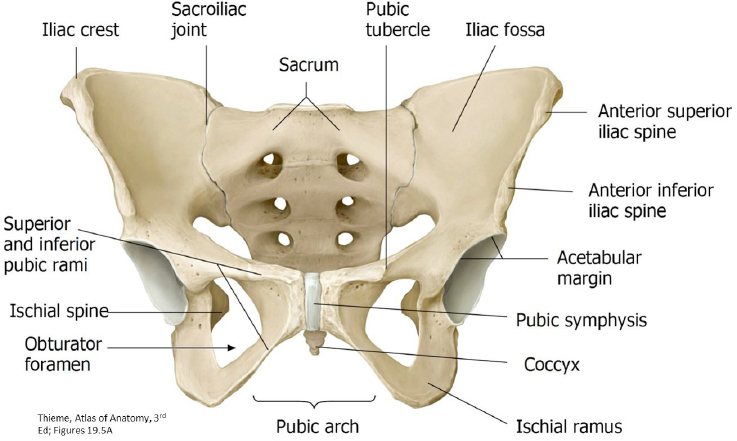
There is no excerpt because this is a protected post.
Protected: Lab 22, Station 5: Overview: Pelvic Organs and Vessels

There is no excerpt because this is a protected post.
Protected: Lab 22, Station 4: Male Perineum (Urogenital Triangle)

There is no excerpt because this is a protected post.
Protected: Lab 22, Station 3: Female Perineum (Urogenital Triangle)

There is no excerpt because this is a protected post.
Protected: Lab 6: Carpal Tunnel and Palmar Hand
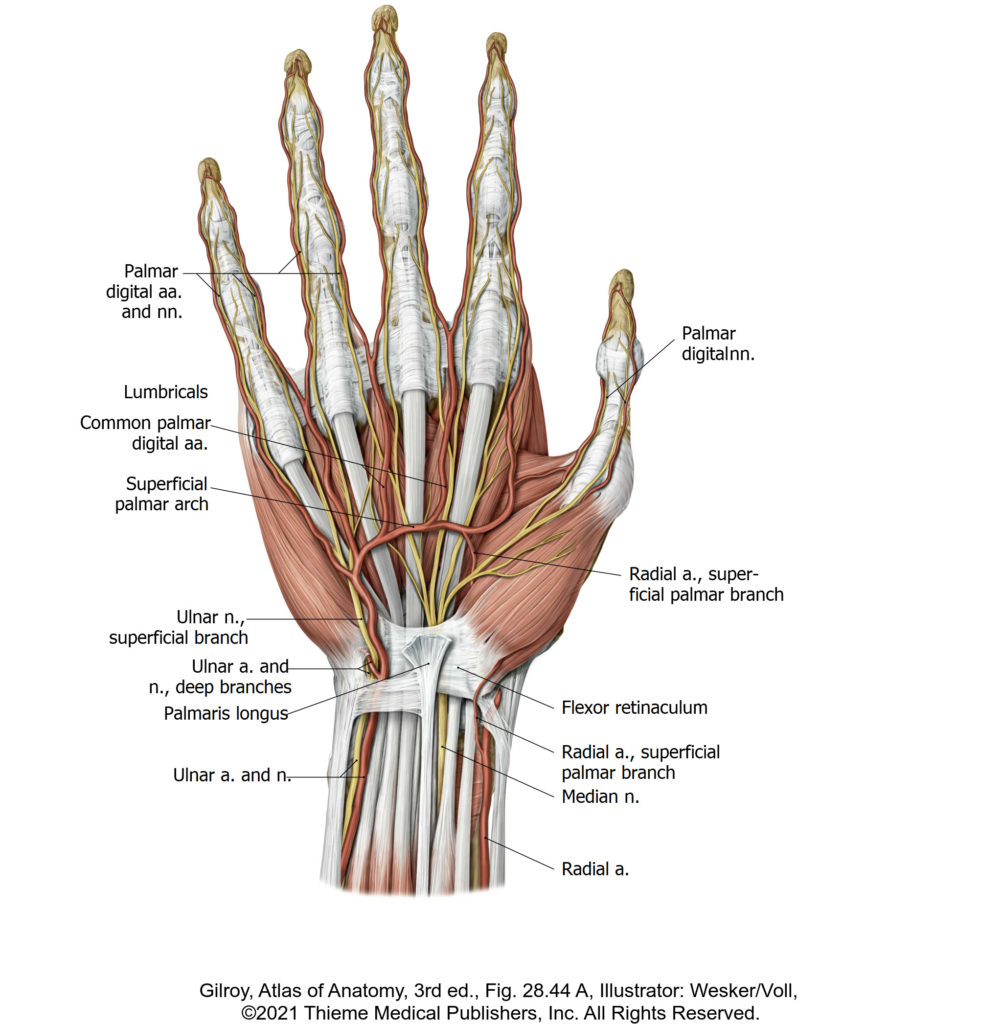
There is no excerpt because this is a protected post.
Protected: Lab 4: Dissection: Axilla, Brachial Plexus, and Arm
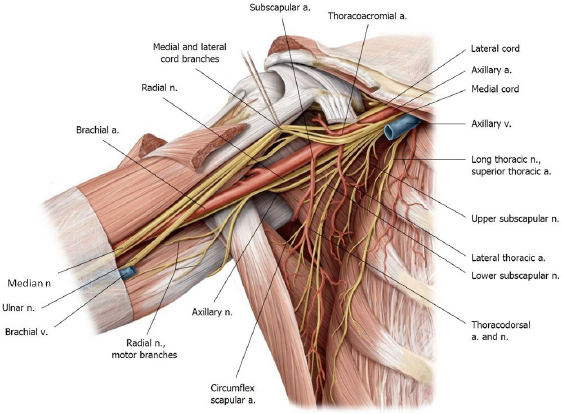
There is no excerpt because this is a protected post.
Protected: Lab 5: Cubital Fossa, Elbow, and Anterior Forearm
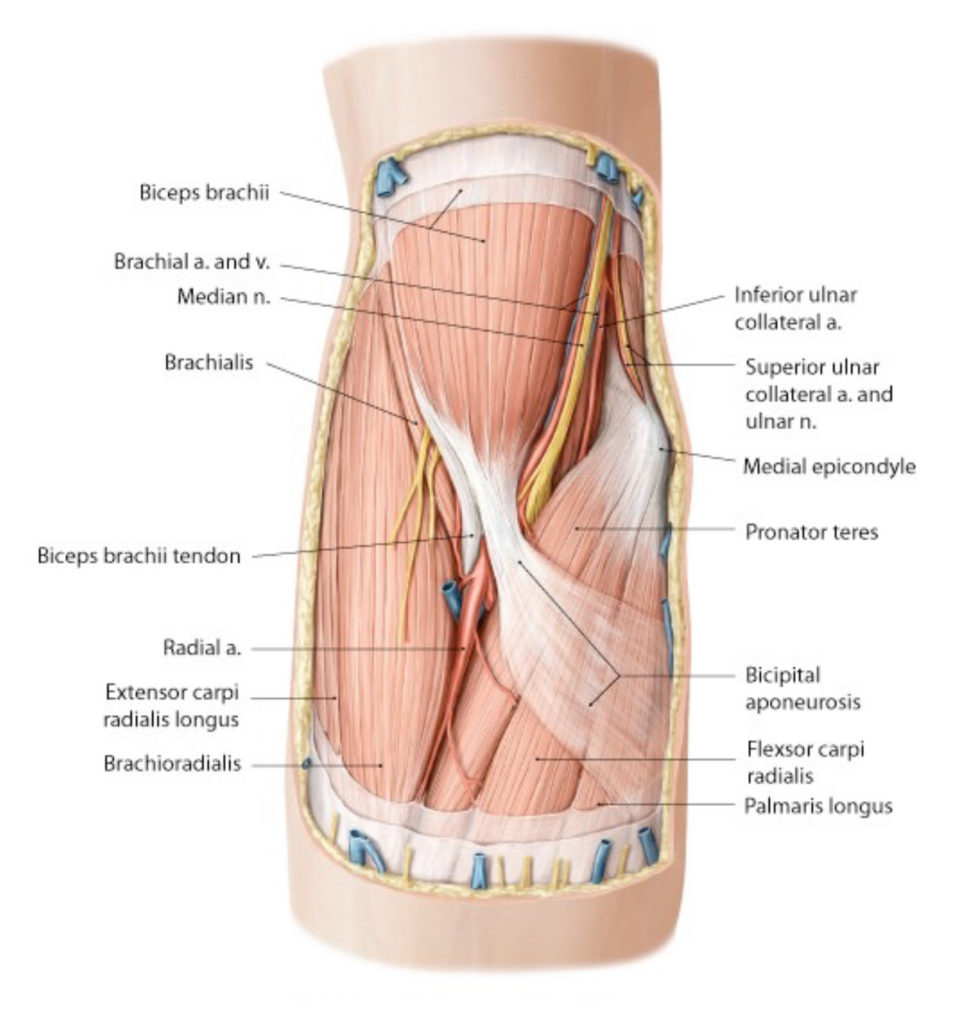
There is no excerpt because this is a protected post.
Protected: Lab 3: Dissection: Shoulder and Pectoral Region
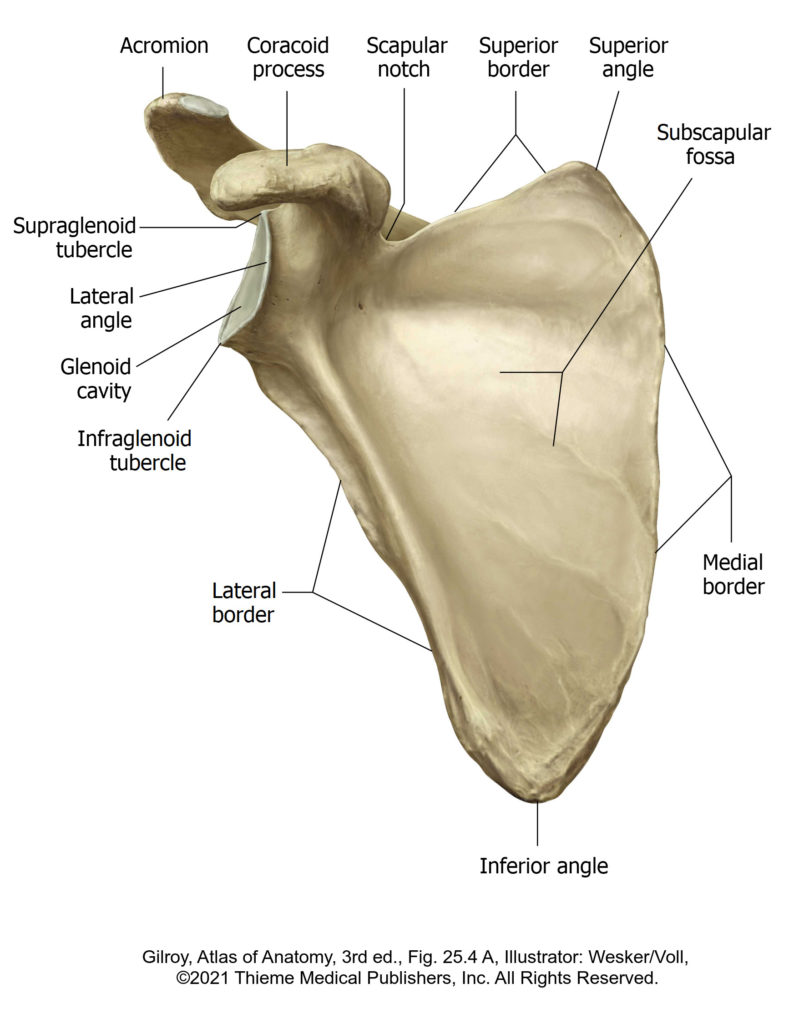
There is no excerpt because this is a protected post.
Protected: Lab 2 Introduction: Vertebral Column; Spinal Cord; Spinal Nerves; Back Muscles

There is no excerpt because this is a protected post.
Protected: Lab 2, Station 4: Spinal Cord
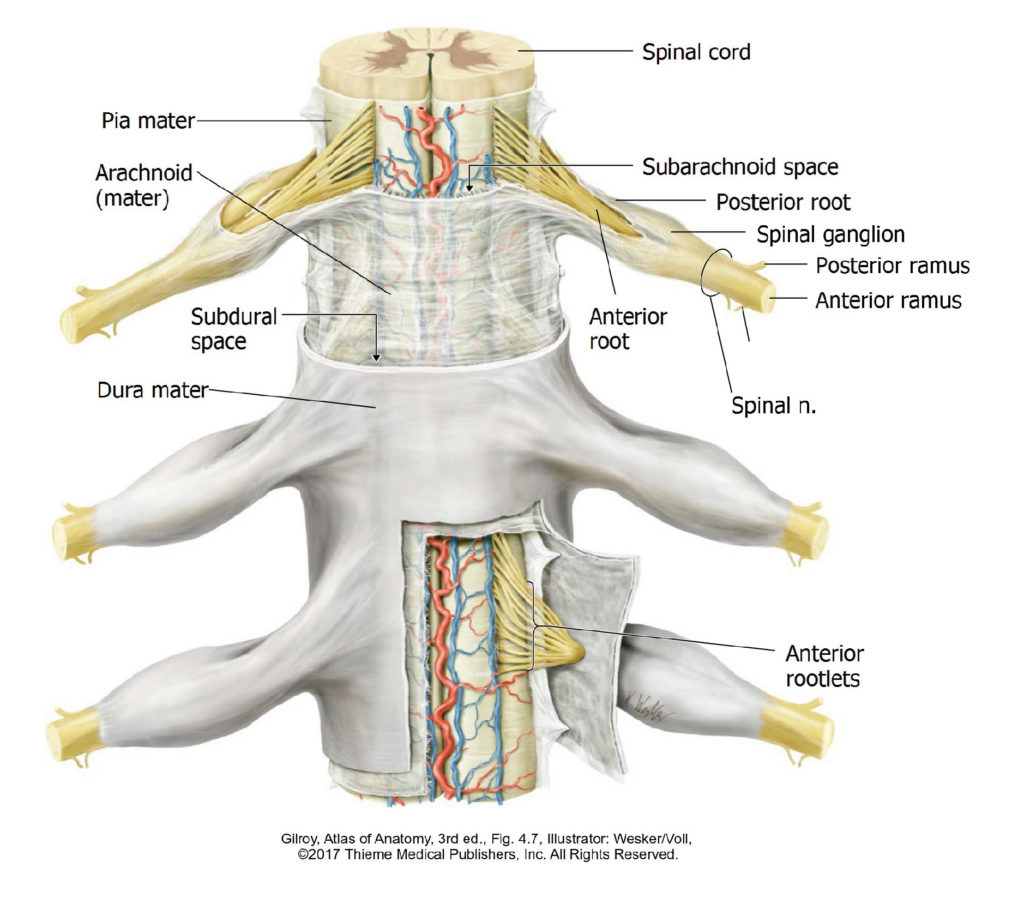
There is no excerpt because this is a protected post.